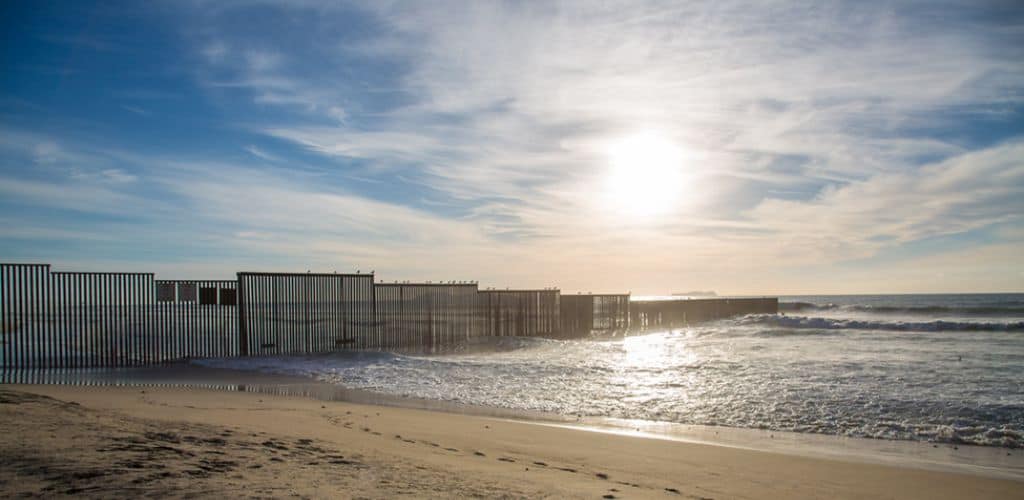Under 35 U.S. Code § 271, a US patent is infringed when someone:
without authority makes, uses, offers to sell, or sells any patented invention, within the United States or imports into the United States any patented invention during the term of the patent therefore…
The statute doesn’t define “sell,” but the US Supreme Court held in the 2007 case of Microsoft Corp. v. AT&T Corp. that no infringement occurs when a patented product is made and sold in another country.
But when exactly is something “sold within the United States”? The analysis of what the word “sell” means turns out to be complicated.
In the 2015 Federal Circuit case of Carnegie Mellon Univ. v. Marvell Tech. Grp. Ltd., the court said that “[t]he standards for determining where a sale may be said to occur do not pinpoint a single, universally applicable fact that determines the answer.”
Instead, courts consider a variety of sales-related activities.
The 2016 Federal Circuit case of Halo Elecs., Inc. v. Pulse Elecs., Inc., dealt with a patent dispute involving Halo, a supplier of electronic components that owns patents directed to surface mount electronic packages containing transformers for mounting on a printed circuit board inside electronic devices such as computers and internet routers.
Pulse, another supplier of electronic components, designs and sells surface mount electronic packages and manufactures those products in Asia.
The court noted that:
For those products that Pulse delivered abroad, all purchase orders were received at Pulse’s sales offices abroad. … However, Pulse engaged in pricing negotiations in the United States with companies such as Cisco, and Pulse’s employees in the United States approved prices that its agents quoted to foreign customers when the quoted prices fell below certain thresholds. Pulse also engaged in other activities in the United States, including meeting regularly with Cisco design engineers, sending product samples to Cisco for pre-approval, attending sales meetings with its customers, and providing post-sale support for its products.
When Halo sued Pulse for patent infringement, Pulse moved for summary judgment on the grounds that it didn’t directly infringe the Halo patents by selling or offering to sell products that Pulse manufactured, shipped, and delivered outside the United States.
Halo contended that those products were sold and offered for sale within the United States because negotiations and contracting activities occurred within the United States, which resulted in binding contracts that set specific terms for price and quantity. Halo argued that the location of the sale or offer for sale should not be limited to the location of delivery. Halo also argued that it suffered economic harm in the United States because of Pulse’s sales.
Pulse responded that the products were sold or offered for sale outside the United States because those products were manufactured, ordered, invoiced, shipped, and delivered abroad. Pulse said that its pricing discussions with Cisco in the US were only forecasts and were not a guarantee that Pulse would receive any actual order from any of Cisco’s contract manufacturers.
The district court granted Pulse’s motion, holding that those products were sold and offered for sale outside the United States and were thus beyond the scope of § 271(a).
The case went up to the US Supreme Court and then back to the Federal Circuit on remand, and the court again agreed that the Pulse products weren’t sold or offered for sale in the US.
Citing its earlier decision in North American Philips Corp. v. American Vending Sales, Inc., 35 F.3d 1576 (Fed. Cir. 1994), the court stated:
[T]he “selling” of an infringing article has both a physical and a conceptual dimension to it. That is to say, it is possible to define the situs of the tort of infringement-by-sale either in real terms as including the location of the seller and the buyer and perhaps the points along the shipment route in between, or in formal terms as the single point at which some legally operative act took place, such as the place where the sales transaction would be deemed to have occurred as a matter of commercial law.
Just like the haiku above, we like to keep our posts short and sweet. Hopefully, you found this bite-sized information helpful. If you would like more information, please do not hesitate to contact us here.


